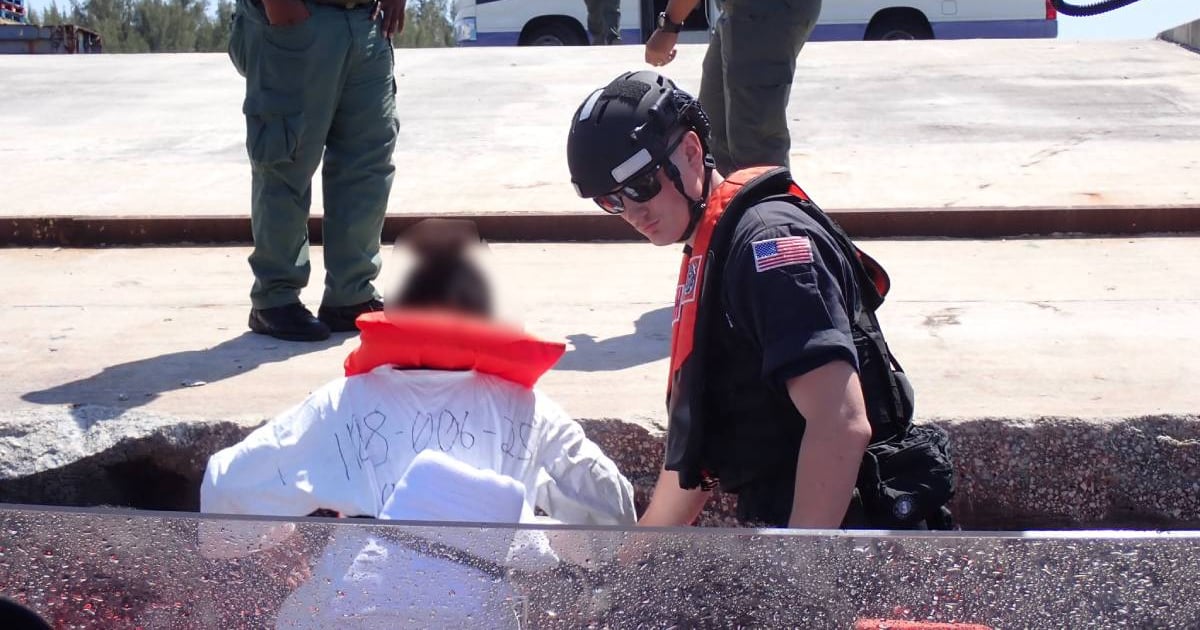The flow of Cuban migrants into the United States through unauthorized channels saw a significant drop in March 2025, with only 132 individuals entering illegally, according to official figures released by U.S. Customs and Border Protection (CBP). The CBP's Nationwide Encounters system includes apprehensions, inadmissibles, and expulsions under U.S. Code Titles 8 and 42. Out of the total Cuban migrants, 73 crossed the southern border with Mexico, 10 entered via the northern border with Canada, and 49 arrived by sea.
This figure signifies a decrease from February, which saw 150 Cuban crossings, continuing a downward trend that started after the Trump administration reinstated stricter border policies earlier this year.
Stricter Measures and the End of Humanitarian Programs
The steep decline in Cuban entries is largely attributed to the termination of the humanitarian parole program and the CBP One app, which previously provided a legal entry pathway for thousands of migrants. In December 2024, over 8,900 Cubans entered through various borders. However, by January 2025, that number had fallen to 6,314, and by February, it plummeted to 150, marking a dramatic 93% decrease in just three months.
A Shifting Migration Landscape
Trump's immigration policy changes have had an immediate impact on those seeking to leave Cuba amidst an ongoing economic and social crisis. While the causes of Cuban migration, such as oppression, inflation, shortages, and lack of freedom, persist, the routes to the U.S. have become increasingly difficult to navigate. In March, CBP reported a total of 28,000 border encounters across all nationalities, a significant drop from the 256,000 encounters recorded in the same month of the previous year.
The U.S. government has made it clear that it will strengthen entry point controls and limit irregular entry options, forcing many Cubans to reconsider their migration strategies or seek alternatives in other countries.
Impact on Cuban Communities
The reduction in migration also affects Cuban communities in transit in countries like Mexico, Honduras, and Nicaragua, where thousands find themselves stranded, awaiting new opportunities to continue their journey. Meanwhile, in Cuba, numerous families remain hopeful for news of their loved ones who left in previous months, whose fate remains uncertain due to the lack of safe and legal migration channels.
Frequently Asked Questions About Cuban Migration to the U.S.
What caused the recent drop in Cuban migrants entering the U.S.?
The drop is primarily due to the termination of the humanitarian parole program and the CBP One app, along with stricter border policies reinstated by the Trump administration.
How has the U.S. government responded to the migration issue?
The U.S. government has announced plans to enhance controls at entry points and restrict irregular entry options, pushing many migrants to reconsider their strategies or look for alternatives in other countries.
What are the main reasons for Cuban migration?
Key reasons include political oppression, economic inflation, shortages of essential goods, and a general lack of freedom in Cuba.
